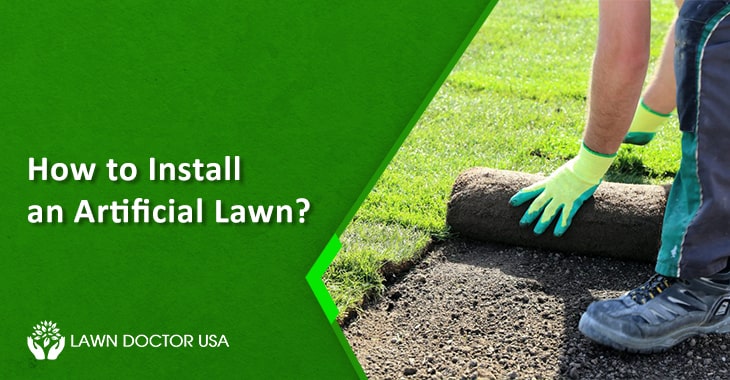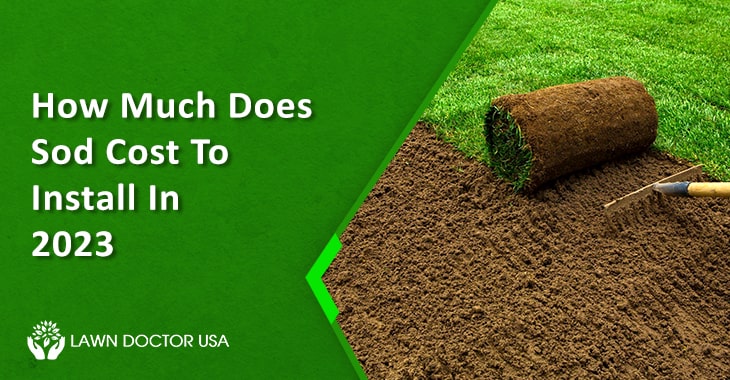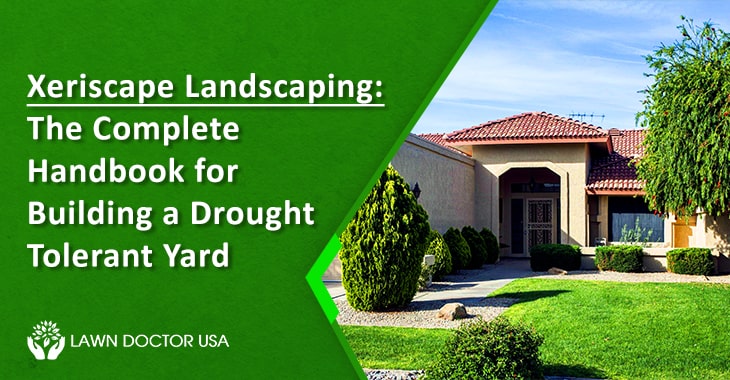
How to Install an Artificial Lawn?
Artificial Turf Installation Steps
Your backyard is an ideal place to put green. Growing traditional grass takes significant time to build the perfect landscape and requires regular maintenance. So, an artificial turf installation in your backyard is an ideal choice. Artificial grass is more durable than natural grass and lasts around 10 to 15 years. It can even withstand heavy foot traffic. Nowadays, artificial grass is becoming more popular since it is a low-maintenance option and offers aesthetic appeal without extensive upkeeping like traditional grass.
Considering the tighter restrictions on water usage have made artificial turf installation an attractive and economical option for many. Read our blog and go through the step-by-step guide for artificial lawn installation, and get the perfect finish.
Artificial Grass Pre-installation Preparation
Prepare the ground before installing the artificial grass on the soil surface. Ensure you kill the grassroots and weeds with non-toxic weed killers. You must complete this process two weeks before the installation date since it needs more time to work. For making the new room for the base, dig up the three to four inches. Loose soil with hand tamps to apply pressure or walk and create the compacting base.
Before artificial lawn installation, plan your drainage. Install the properly functioning drainage system. Keep the drainage gap every six inches if your location receives light to moderate rain. If required, install the gopher wire too. Secure the laid parts with U-shaped staples every few feet.
Lay Your Base
If your location experiences a mild climate, you can use crushed rock, decomposed granite, or any smaller rocks or stone, type 1 stone, and gravel. You need to scatter these base materials with gravel or a wheelbarrow. The base material should be around 3 to 4 inches since it helps to improve drainage and you can avoid slumping. It must absorb the surface water fast.
Spread the sharp sand on your sub-base with a shovel or sand spreader. Sprinkle the water, and ensure you do not overwater, or your base may wash away. For compacting the surface, use a plate compactor or plate temper. Your artificial turf installation company can use hand temper if your areas have obstructions like trees.
Your base should be reduced by around 80 to 90% and should feel like concrete though it should retain the draining ability. For better compaction, pass back and forth with a compactor. A vibrator plate compactor is the most effective method but may artificial turf installation costs slightly more. Double-check the area, and if needed, add the additional base.
Attach Artificial Grass
Measure your area and compare it with the grass. So, all your blades face in the same direction, and it will give a natural look. Draw the lines on your surface as a guide for laying seam fabric later. Check your grass and note it on an even surface. While rolling out your grass, from the edge towards the center, mark it by cutting 4 inches.
Your artificial lawn installation company may leave a 1-inch allowance to remain safe against misjudgment. Now roll your grass over the installation area. Hold and shake the edges lightly and let the air over the compacted stones. Avoid dragging your grass on the surface, which may ruin the smooth surface.
Use a carpet stretcher or kicker before you fasten the grass if needed. It eliminates the wrinkle and reduces the expansion caused by the heat. It remains stuck to the ground tighter. Set your second mat at the gaps around 1/8 inches to be unnoticeable.
Pin Your Artificial Grass
After seaming turf pieces together, lay your seam tap out. As per the turf’s edge, cut the seam tape. Where the sides meet, place it there underneath with 6-inch nails. For every corner, you will need one. Lift it up, hold and pour the glue, and spread it evenly through the tape. Now, start stitching seams together little by little until the end. Apply the pressure to ensure it sticks to the seam tape.
Trim The Edges
After installing the grass, trim the excess artificial turf by 2 to 3 stitch rows. Edges of the grass patch are the weakest. Cut it off and remove the problem to avoid caving on either side. You can cut the synthetic grass around the obstruction in your space. You can lean it against the obstruction and fold it back for easier spotting.
When you install artificial turf around the trees or other obstructions, give the relief touch by cutting back of the trees. To trim the turf around the patio, ensure you fold back the portion towards the center from the edge. Now, cutting around the sidewalk, pull back on the cut part while slicing, so you can ensure what you are cutting.
Final Groom
To let the infill inside, brush up your grass. Ensure your grass is completely dry before carrying out the brushing process. In dragging motion, lay sand down back. Look for high and low and brush the turn until sand sinks below the artificial grass. Your artificial lawn company will set the infill by watering the lawn. They will evaluate the outcome the next day. Add another rake and infill layer if the artificial lawn is not bouncy or has an exposed grass blade.
Conclusion:
Artificial grass installation Process is easy in comparison with natural grass installation. You can seek assistance from a well-reputed artificial grass company like Lawn Doctor and beautify your backyard quickly. Lawn Doctor has years of experience in creating beautiful landscapes. Their expert also helps you with additional touches like planting flowers or herbs in pots and placing them on the artificial grass. Choose Lawn Doctor USA for best Artificial Grass Installation Service and explore the endless opportunities to beautify your yard.



